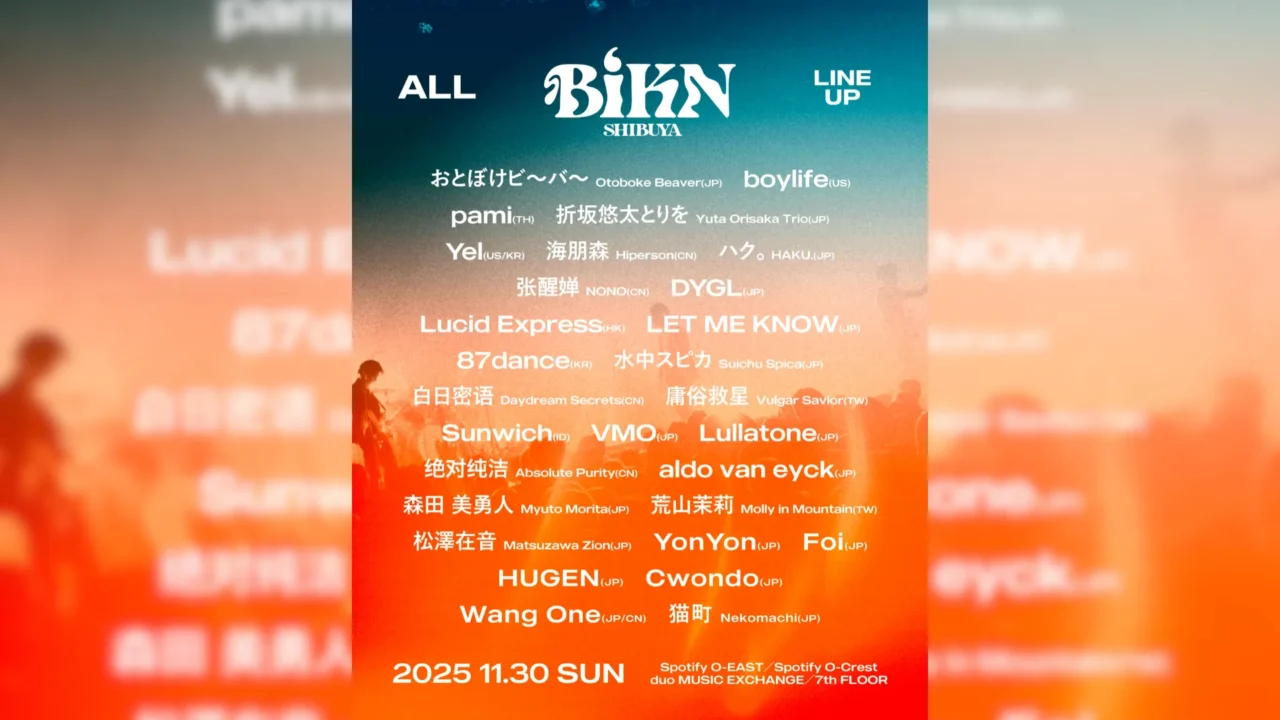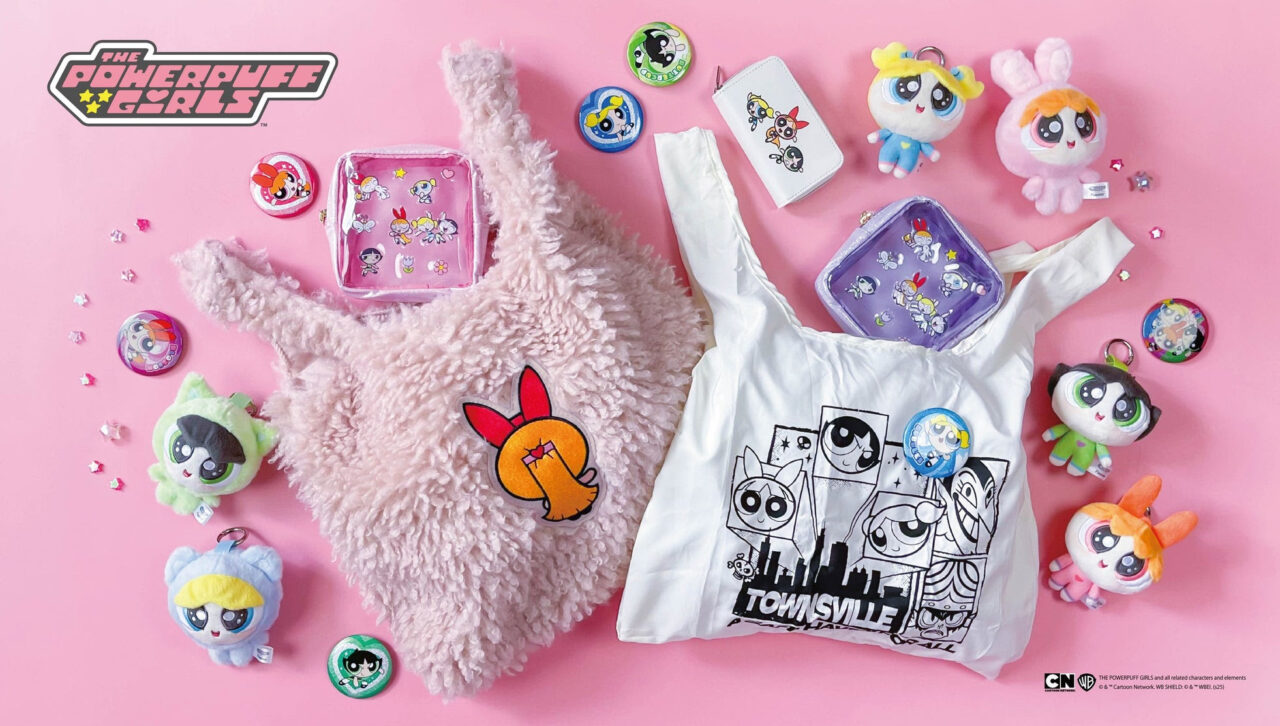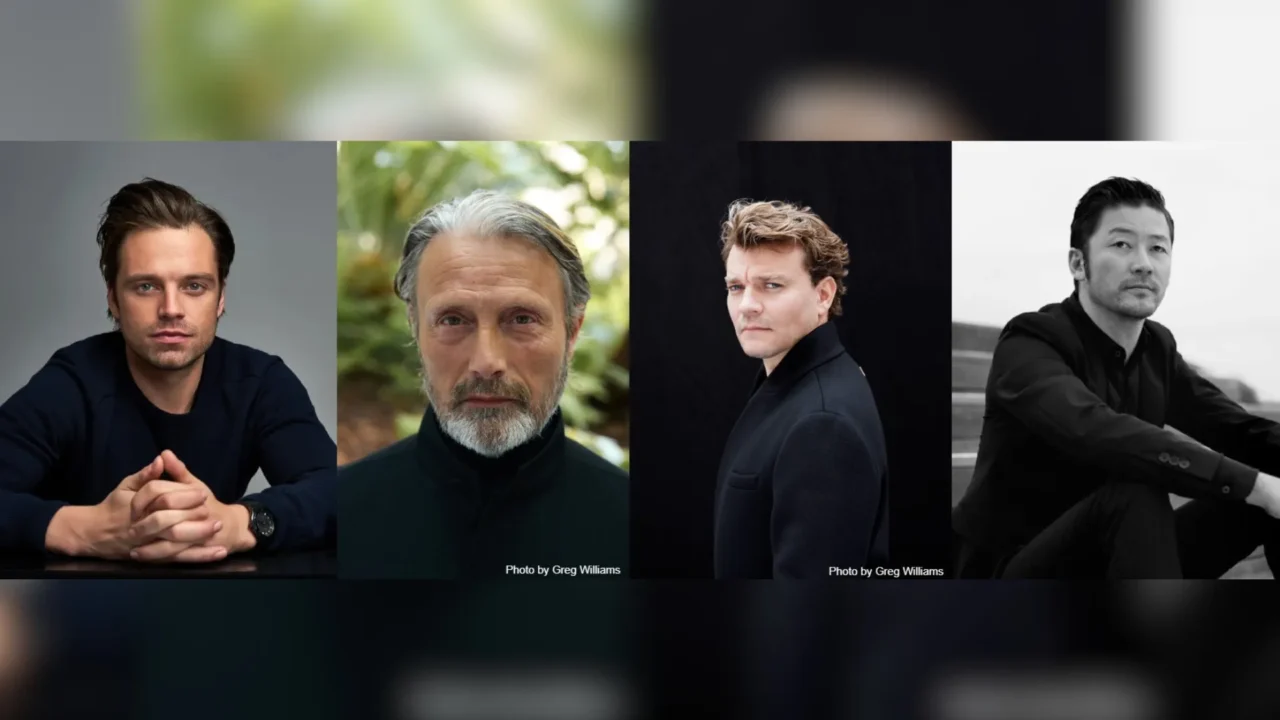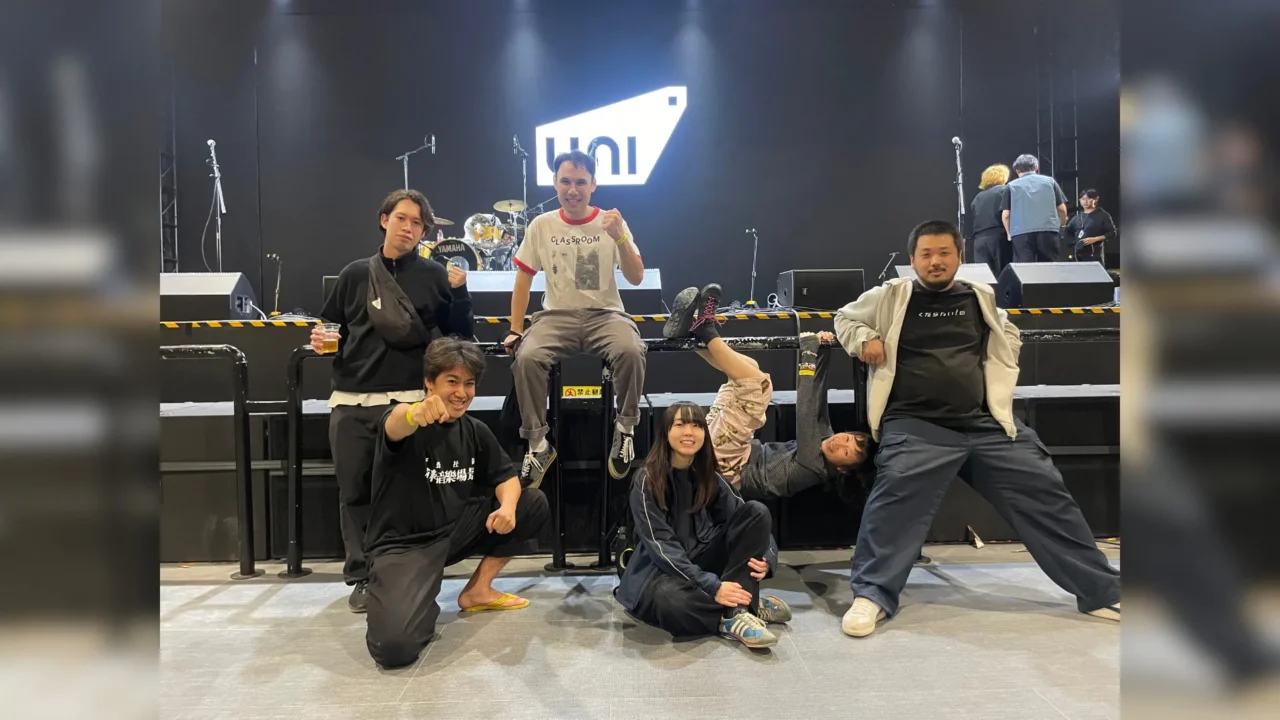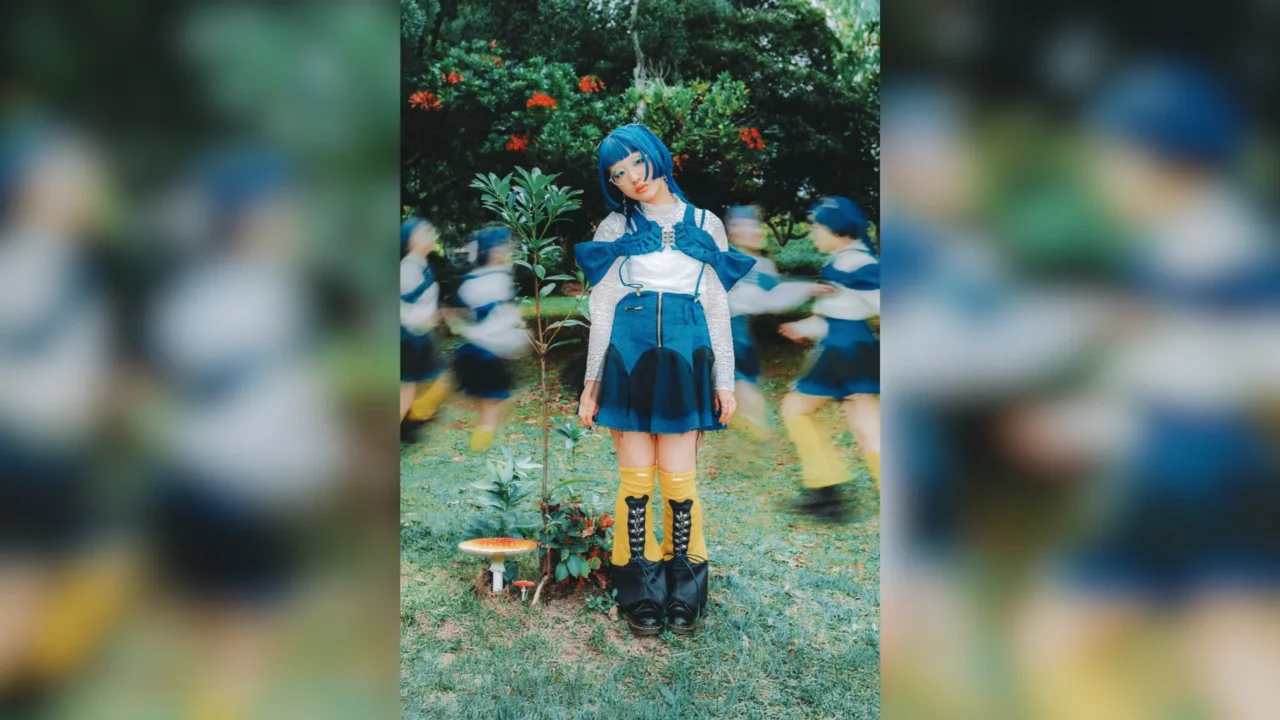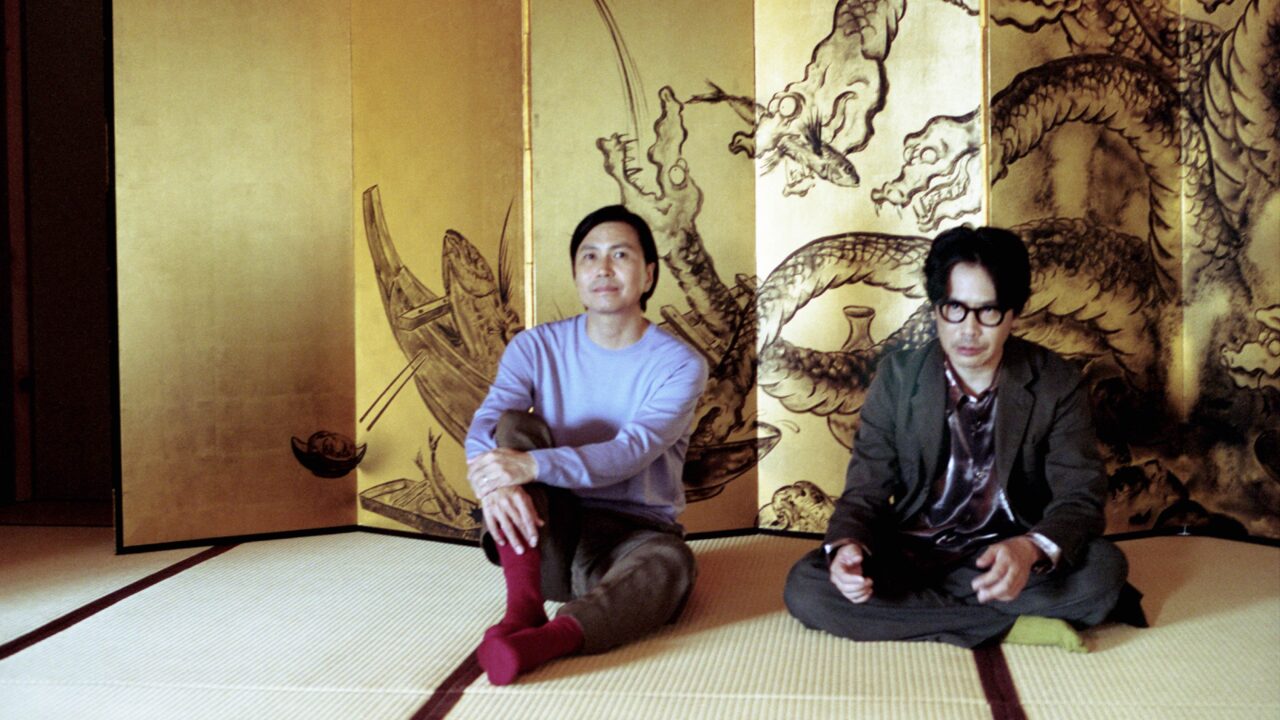A circle of friends connected by goo-touching! The “FIST BUMP” corner of the radio program “GRAND MARQUEE” features people who live and enjoy Tokyo in a relay format.
On January 9, we will be joined by Takahiro Otsuji, a photographer. We asked him about how he became a photographer, his mentor’s words that he has cherished since he was an assistant, and the web magazine he started last year.
INDEX
What inspired me to become a photographer is the sense of craftsmanship of an photographer.
Celeina (MC): Today, we welcome photographer Takahiro Otsuji for the program recommendation. Mr. Otsuji has been in charge of photographing many actors, including the photo book of Riho Yoshioka, a navigator on J-WAVE. When did you first fall in love with photography?
Otsuji: I have loved photography itself since I was in elementary school or junior high school. When I was in junior high school, instant cameras such as Utsurundesu became popular and I started taking pictures with them.
Celeina: What kind of things did you take pictures of back then?
Otsuji: My friends and girls I liked. If I took pictures of them, I could make those pictures my own. It’s a weird idea (haha).
Takano (MC): So you had that kind of ulterior motive (haha). What was it that led you to become a photographer?
Otsuji: When I was just a university student, there were some very famous photographers who had won the “Kimura Ihei Photography Award,” such as Mika Ninagawa, HIROMIX, and Yurie Nagashima. These people were like celebrities in my mind, and I never thought I could become a photographer like them. So, after graduating from college, I went to work as a regular employee.
The company I got a job at was like an agency, and involved going to photo shoot locations. One day, I saw a photographer at a photo shoot, and I felt a great sense of craftsmanship. I used to think that photographers were all starlets, like celebrities, but when I saw this craftsman-like photographer, I felt that maybe I could aspire to be a photographer, and when I was around 23 years old, I began to think about becoming a photographer. I quit my job, went to school to become a photographer, and from there things went rather smoothly, and I became a photographer after working as an assistant.
Takano: Yes, photographers are very cool, aren’t they?
Celeina: I understand. They seem stoic.
Otsuji: When I was an assistant, I used to look at the back of my photographer mentor and think, “How cool!”.
INDEX
My mentor taught me, “People who are out in the open are there for a reason”.
Celeina:I have a question I have been wanting to ask you about the relationship between a master and his assistant. Is there a strict hierarchical relationship in the world of photographers?
Otsuji: It depends on each person and the time period, but my mentor was like a Buddha, and he was cool too. He introduced me to various staff members and took me out for drinks every night. Of course it was hard work, but I never felt that it was a hardship. At the time, I spent my time thinking that I wanted to be a photographer like my mentor.
Takano: What were your mentor’s words that made an impression on you at the time?
Otsuji: When I first became an assistant, I went to the site of a famous actress. After the shoot, my mentor asked me, “How was the shoot? I said, “It was very beautiful,” to which he replied, “That’s not what I meant. People who are out in the public eye are there for a reason, so it would be a shame to waste it when you are so close to her that you can sense why she is here, even if just a little. I am still thinking about what he said to me.
Takano: Those are very important words.
Otsuji: I still cherish those words, and I never forget to respect the people I meet.
Takano: When I look at your work, I get the impression that you often photograph people.
Otsuji: I guess it depends on the photographer, but the basic premise is that I like people, so I like to photograph people. Of course, I also like landscapes and objects, but people are not only what they look like, but also what they are on the inside, so I enjoy capturing expressions and actions that only I can capture. Perhaps apples also have facial expressions and an inner life, but for me, the most important thing is that I feel that part of them in the people I photograph.
Takano: The photos you take also change depending on the communication on site, don’t they?
Otsuji: There is also communication, and when shooting on location, the weather can have an impact, such as rain and wind. Also, the expressions on the subjects’ faces change a lot depending on their physical condition. There is also the photographer’s chemistry with the subject, which I find very interesting.
Celeina: So you are trying to capture the moment.
Otsuji: Yes, that’s right. That’s why I always go to a photo shoot thinking about what kind of photos only I can take.
INDEX
Starting a Web Magazine to Meet the People I Want to Meet
Celeina: And you started a fashion web magazine ” building building” last year. Could you tell us how you started it?
Otsuji: I started it in earnest last April. People tend to think that it is easy for a fashion photographer to meet the people he/she wants to meet, but I can’t meet them unless I receive an offer, because my work is not done until I receive an offer. I really miss it when people I like pass in front of me, so to put it simply, I assume that I want to meet people I want to meet.
We also have a content called “BIRTHDAY GIRL” there, which was the first idea we came up with when we started the web magazine. Birthdays are very important and special days that occur only once a year, so I wanted to take birthday pictures. I thought that by using birthdays as a starting point, I could get to know more about the subjects inside, wondering how they were feeling on their birthdays. One of the reasons we started this project was to do that.
Takano: That’s a good concept.
Celeina: What kind of people do you want to photograph?
Otsuji: There are many, but I would like to photograph cute girls, cool girls, and people who are on the rise, but if I were greedy, I would like to photograph people who are out in the open, who touch my heartstrings. But I also want to photograph families, children, and friends. I guess I want to photograph people.
Celeina: Now, let’s have a song here. We asked Mr. Otsuji to choose a song he would like to listen to with everyone on the radio at this time. What song would it be?
Otsuji: It’s a memorable song that made me take the first step toward becoming a photographer. Since then, I always listen to this song at the right time. It is “Sasurai” by Tamio Okuda.
INDEX
Decorating your room with your friend’s paintings to enrich your life
Takano: I heard that your hobby is to appreciate paintings.
Otsuji: I have always been very fond of photography and art, of which photography was an extension of me, but I also like paintings, so I often go to see them.
Takano: I understand that you own some of your works.
Otsuji: Since I started working in this profession, I have gotten to know many artists and have many friends who draw pictures, so for the past few years, when I go to a private exhibition, I buy one and hang it in my room.
Celeina: So, most of the works you own are by people you know?
Otsuji: Almost all of them.These are all people I can talk to directly.
Takano: It is important to be able to talk to them, isn’t it?
Otsuji: It’s great because you can see the inside of the person. If I were to hang my own work, I would rather have a painting by a friend who is close to me than one by a foreigner from a long time ago whom I don’t know at all.
Celeina: Have there been any changes in your life by decorating your room with such works?
Otsuji: Simply put, when I change the pictures I hang in a room, it looks as if the whole wall has changed, as if it has been redecorated. That’s the best part.
Takano: Redecorating. Now that you mention it, that’s true.
Otsuji: Just by changing the painting, the color tone and taste of the whole wall changes completely. Depending on the time of day when sunlight enters the living room, the painting looks completely different. It’s very stylish (haha).
Takano: It is very stylish (haha).
Celeina:This gives me a hint to enrich my life. Now, “FIST BUMP” is a circle of friends connected by gootouch, so we are asking you to introduce us to your friends. What kind of people do you introduce to us, Mr. Otsuji?
Otsuji: It is Mr. Tsuyoshi Otsuka, the representative of Nippon Design Corporation and producer of Nakame Area Management.
Celeina: In a word?
Otsuji: He connects me with various people and listens to me. Simply put, he is like a sponge.
Takano: Sponge! That’s a good keyword.
Otsuji: Thanks to him, I have met many people, so he is like the hidden chief of Nakameguro.
Takano: He is both a sponge and a hidden chief. Tomorrow, I will connect you to Tsuyoshi Otsuka, the head of Japan Design Corporation and producer of Nakameguro Area Management.
Celeina: “FIST BUMP” today we have photographer Takahiro Otsuji. Thank you very much.

GRAND MARQUEE
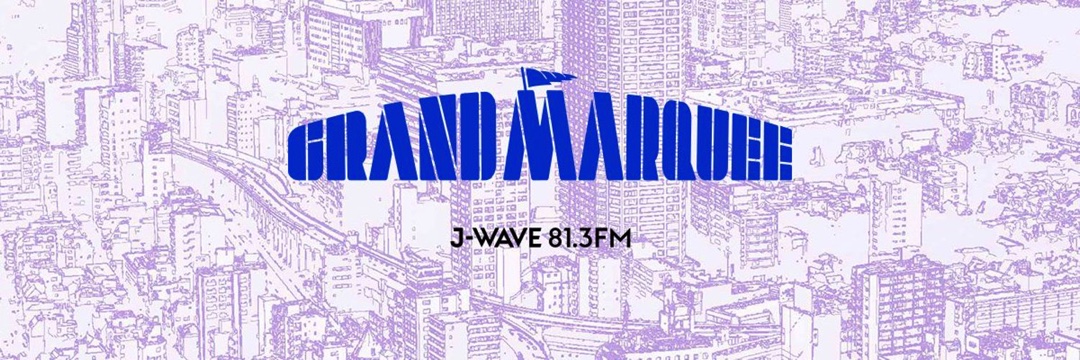
J-WAVE (81.3FM) Mon-Thu 16:00 – 18:50
Navigator: Shinya Takano, Celeina Ann











